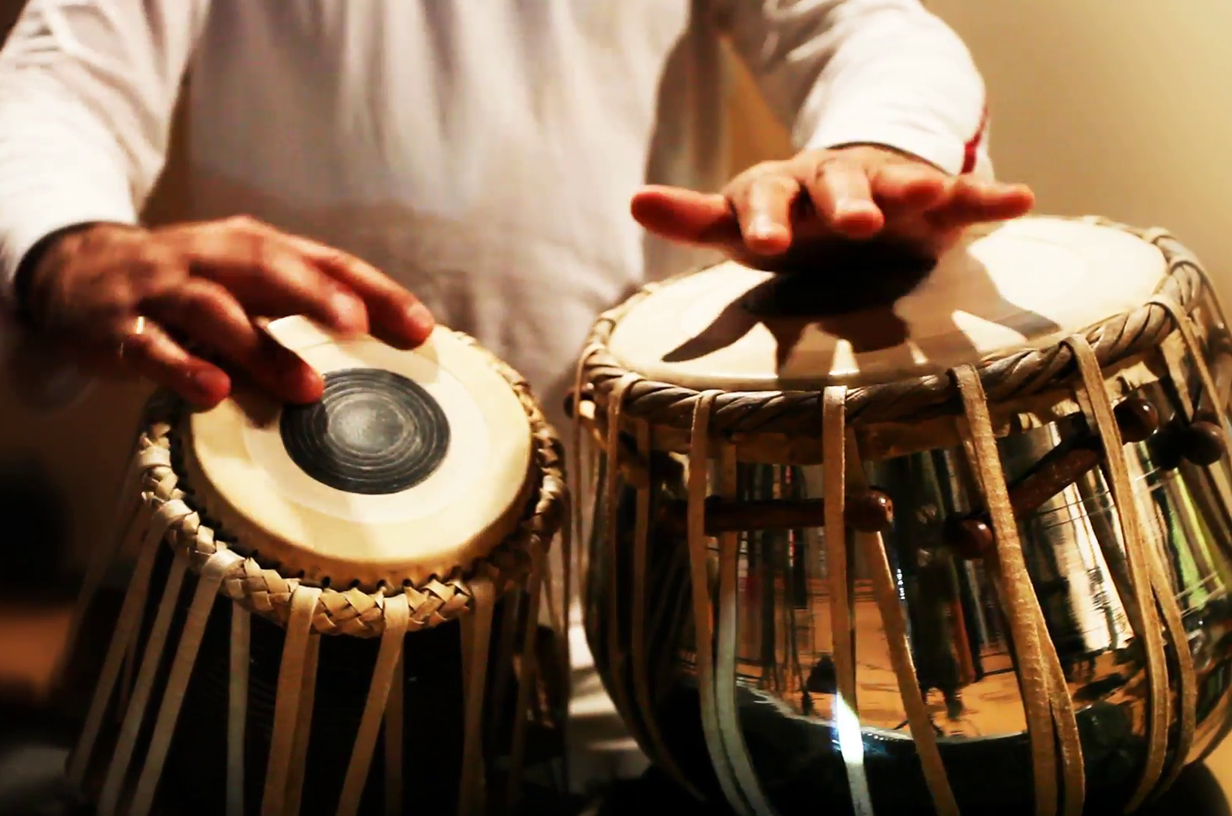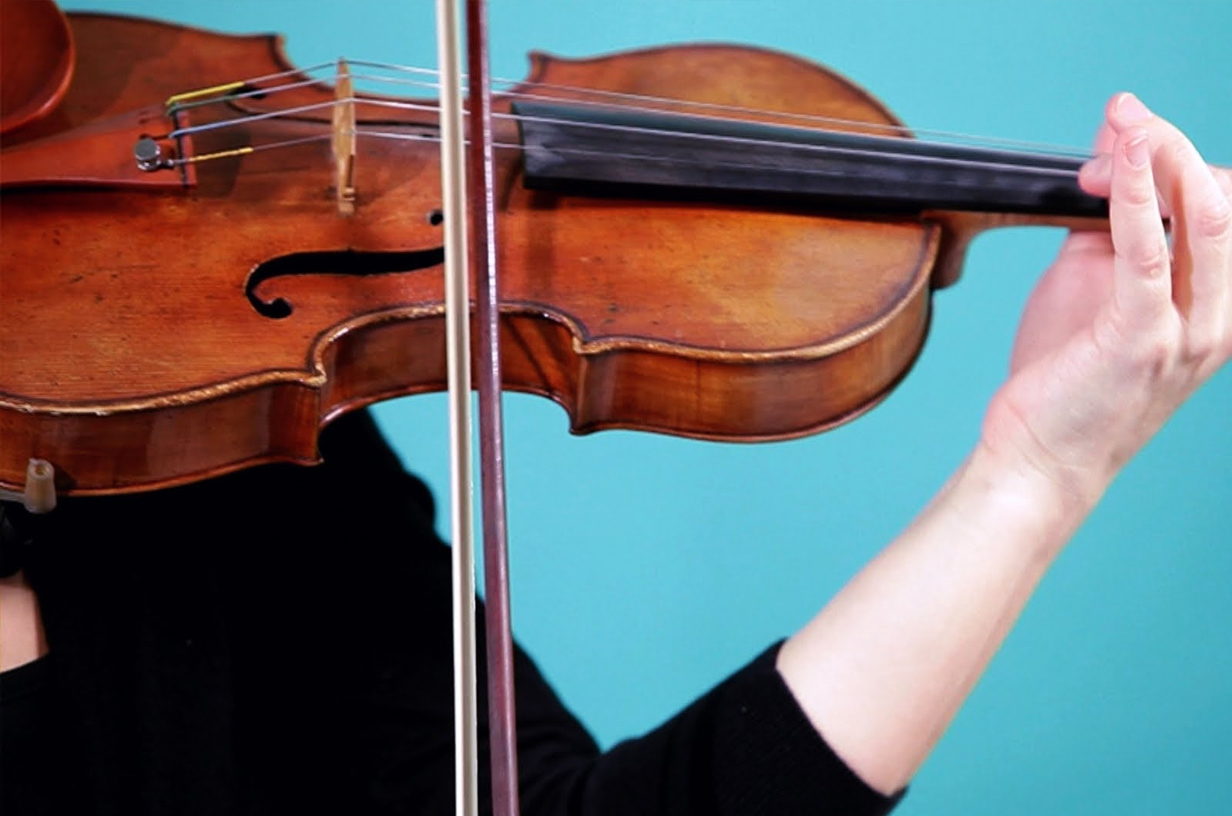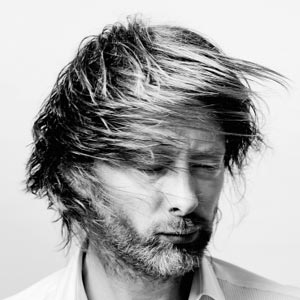Music Band
Saravanalaya Rhythms Running successfully in 10year’s we promote several musical and variety entertainment shows through our Shri saravanalaya event company. Event Management Shri Saravanalaya is also into events management. We have promoted several musical programs with such multinational companies .We have also organized several TV Programs, marriage programs, birthday functions, temple programs for recreation clubs, Govt. festivals, voluntary organizations and others.













